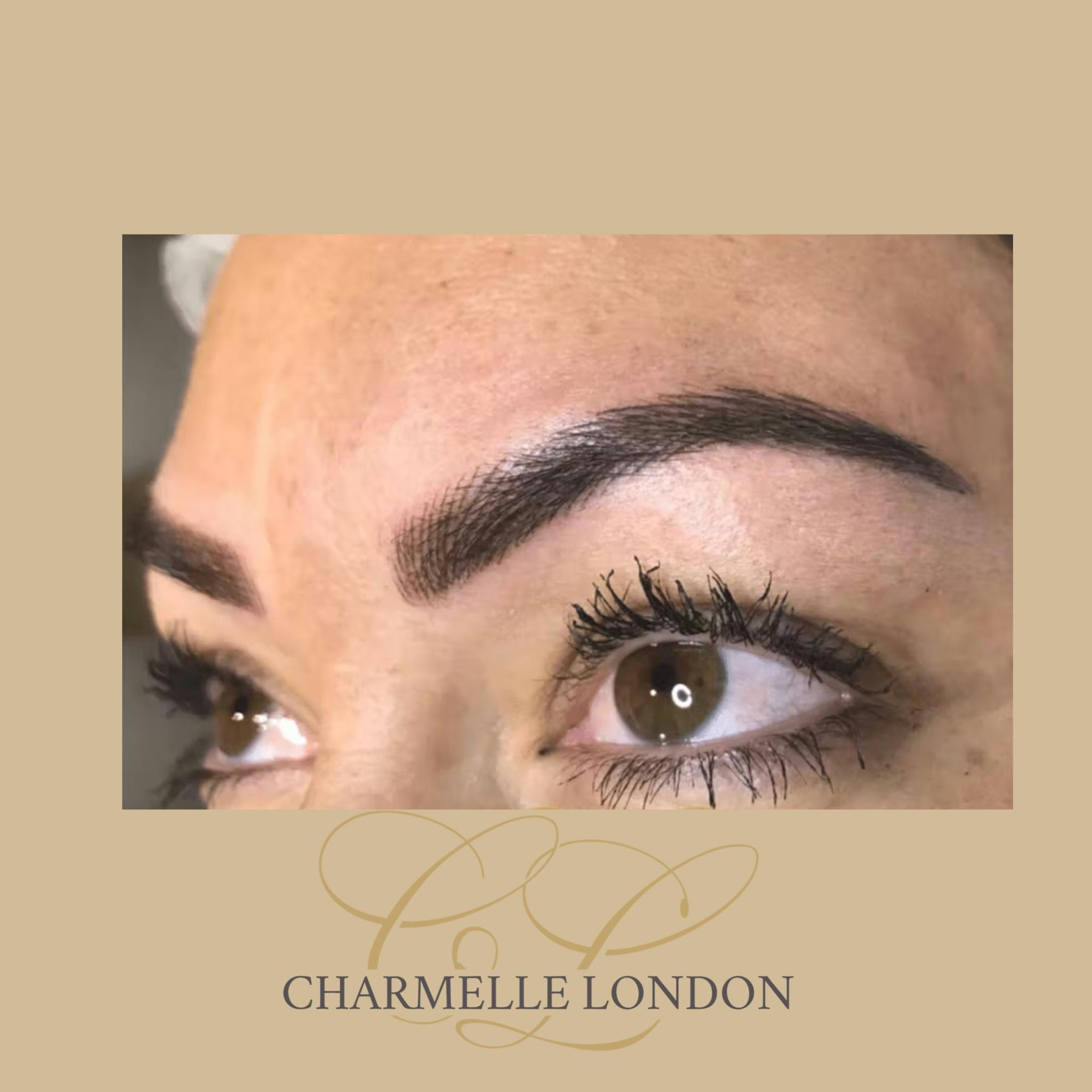Milia
Milia (the plural of ‘milium’) are small white or yellowish raised cysts, bumps or spots on the skin. They are normally found around the eye area and cheeks, but can appear anywhere on the face or body. It is very common to have several milia appear in clusters and they are very common in newborn babies where they are often referred to as ‘milk spots’.
Unlike a pimple or spot, milia feel quite hard, almost like a small piece of grit under the skin, and do not have any redness or inflammation as you might expect with whiteheads or acne-related spots. Milia are not contagious or harmful in any way, but some people may feel self-conscious about them, especially if they are on an area of the skin which is very visible, such as the face. Milia can sometimes take a long time to disappear naturally, but can be professionally removed through a simple, minor procedure.
Frequently Asked Questions
Milia are usually very small, white or flesh-coloured bumps which are firm to the touch. They have a different appearance to a pimple or spot as they don’t have a head and cannot be squeezed. They are generally not red or inflamed (except for milia en plaque) and should not feel uncomfortable or painful. They usually appear on the skin around the eyes in groups, but it is possible to have just one milium at a time and they can occur on any part of the body, including the groin and genital area.
Milia are not contagious so cannot be spread from person to person.
There is no known genetic link with milia and the condition is not thought to be hereditary.
Removing milia yourself is not recommended. To avoid infection, the treatment should be carried out in a safe clinical environment with sterile equipment. Trying to squeeze or pick at milia can cause the area to become inflamed, bruised or infected because they do not ‘pop’ in the same way as a pimple or whitehead.
If you do have Milia particularly around the eye area, it could be something to do with the skincare products you are using. The skin around the eye is much thinner than on the face, so when eye creams are thick and heavy they can block pored and trap dead skin cells. So make sure you invest in a good quality, light eye cream. Another cause could be sun damage or an allergic reaction to harsh facial products.
Milia are caused when keratin (a naturally occurring protein) becomes trapped beneath the surface of the skin. Some dermatologists suggest this could be due to damage to the sweat glands after skin trauma (see below for ‘secondary milia’), or in the case of newborn babies, blocked sweat glands (see below for ‘neonatal milia’). Cell turnover usually slows down as we get older, making mature skin more susceptible to recurring milia.




.jpg&w=3840&q=75)